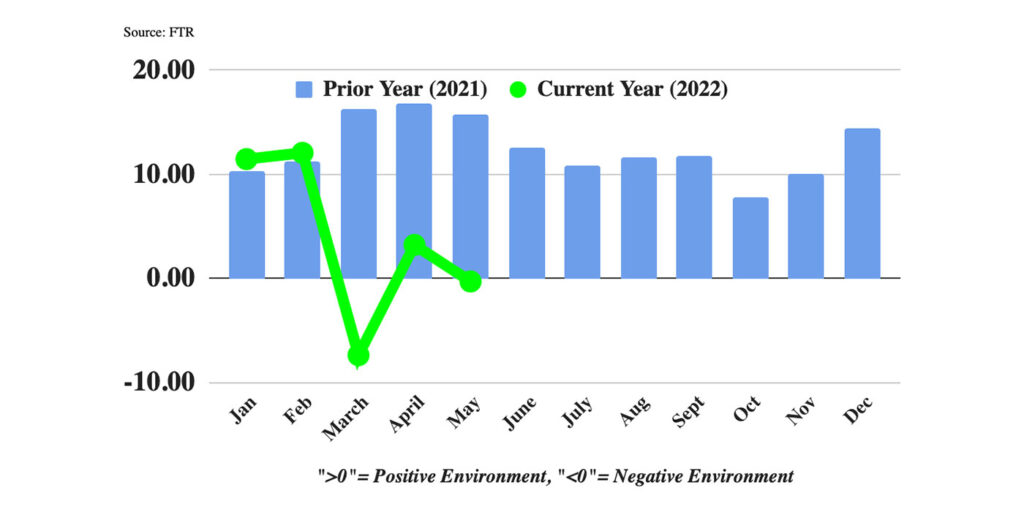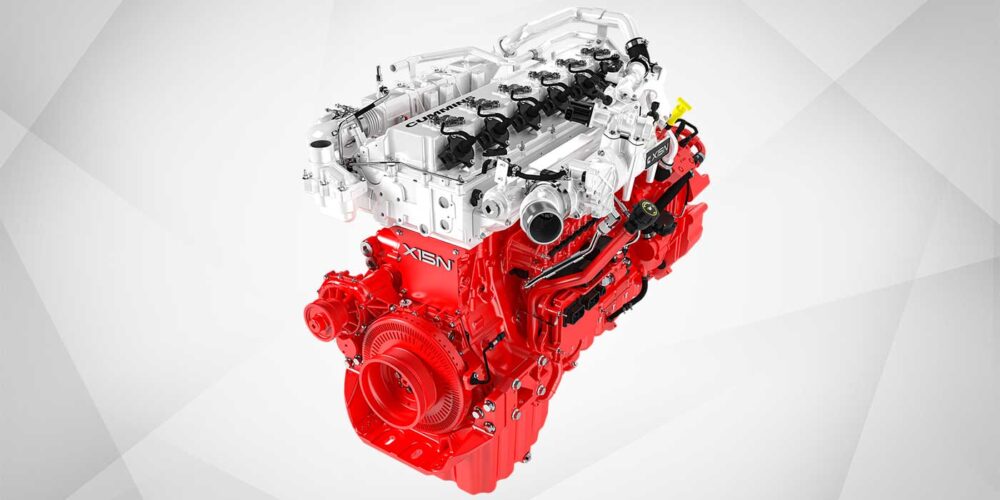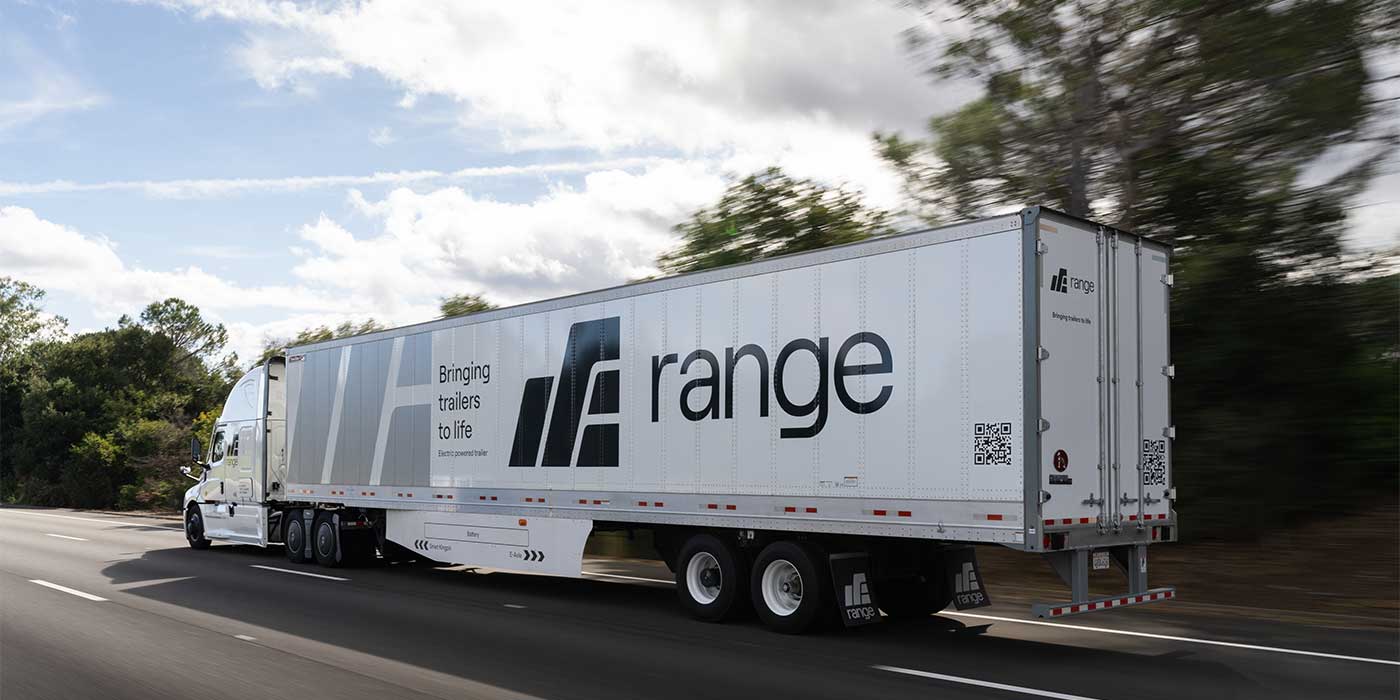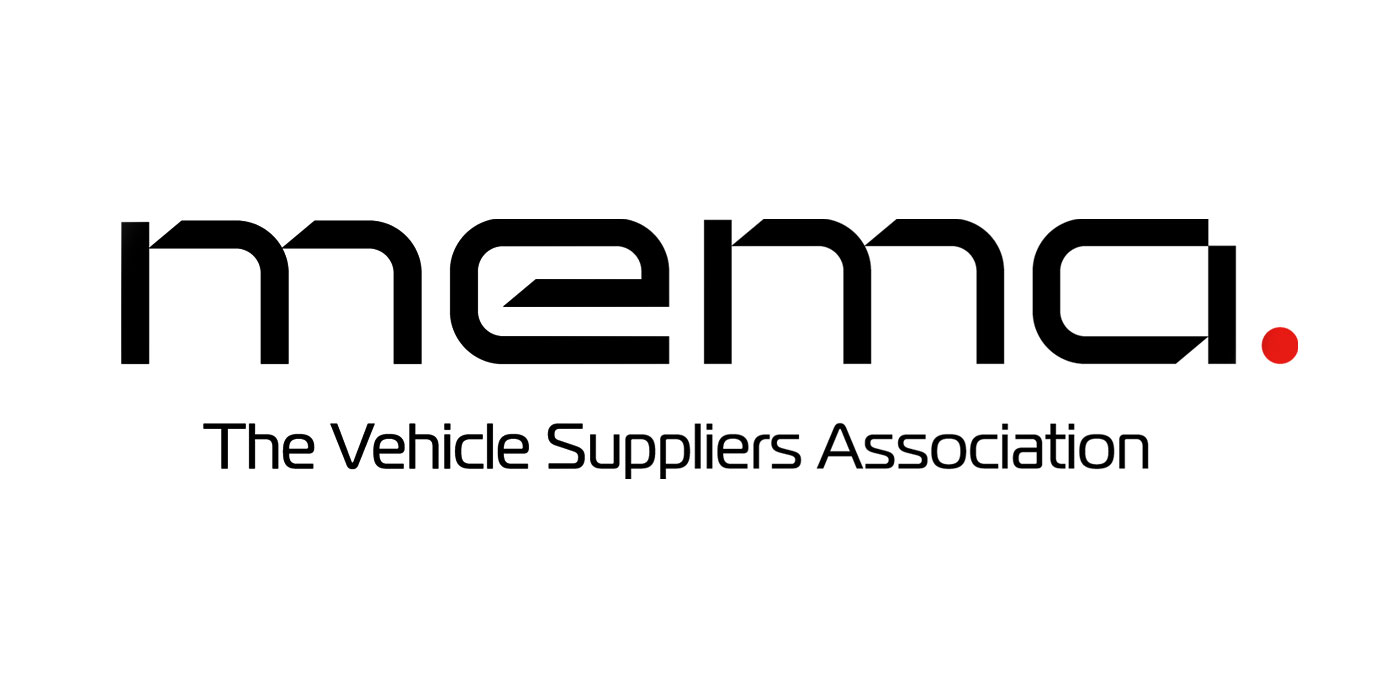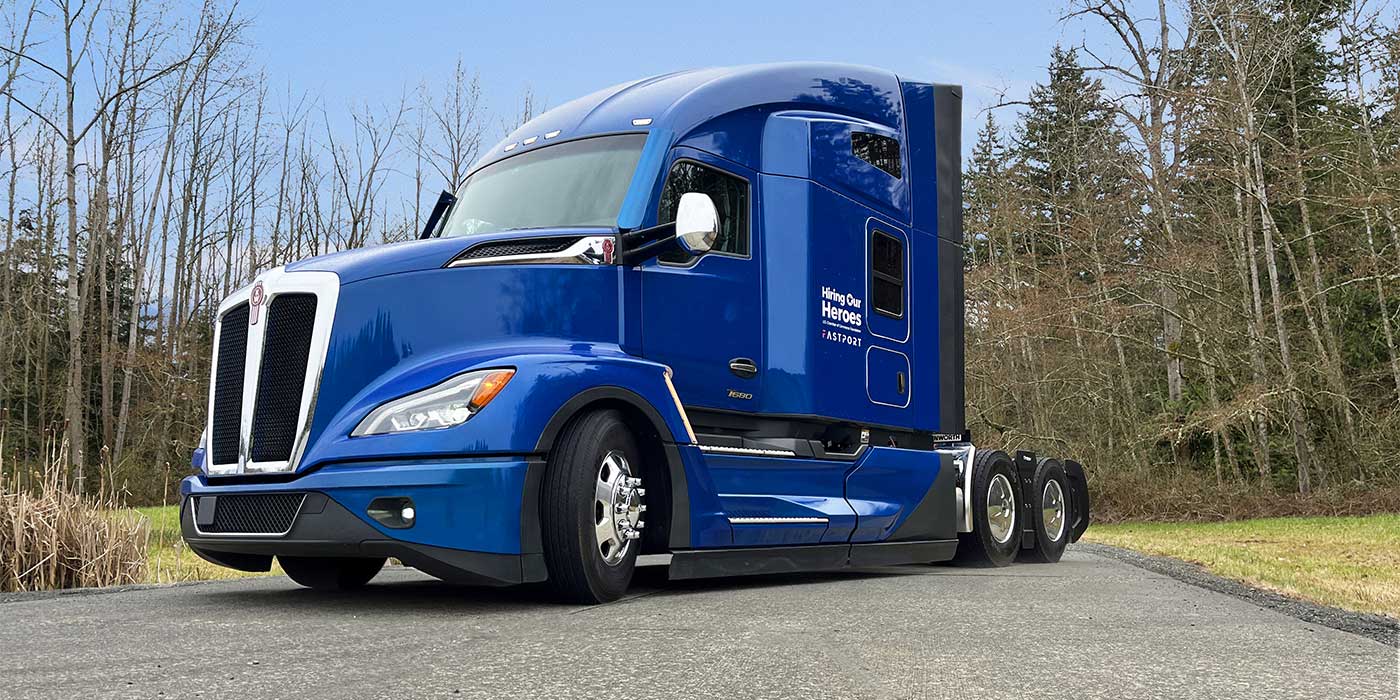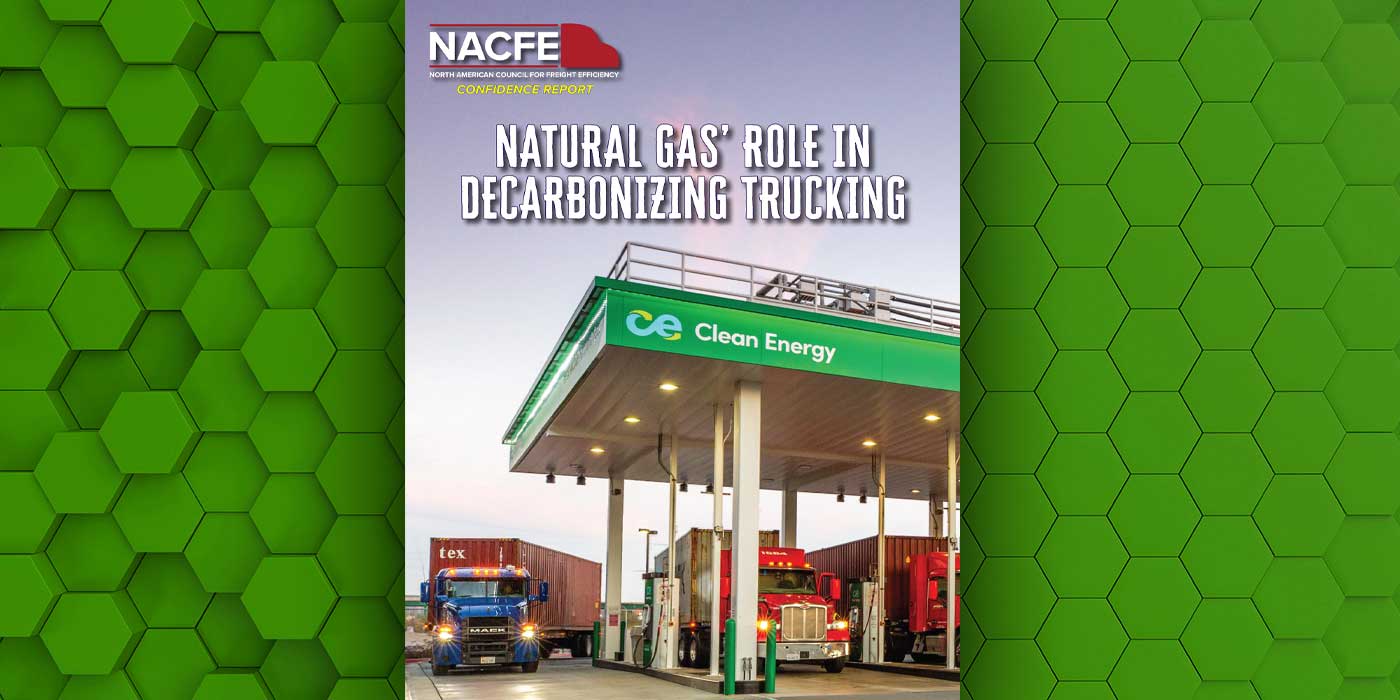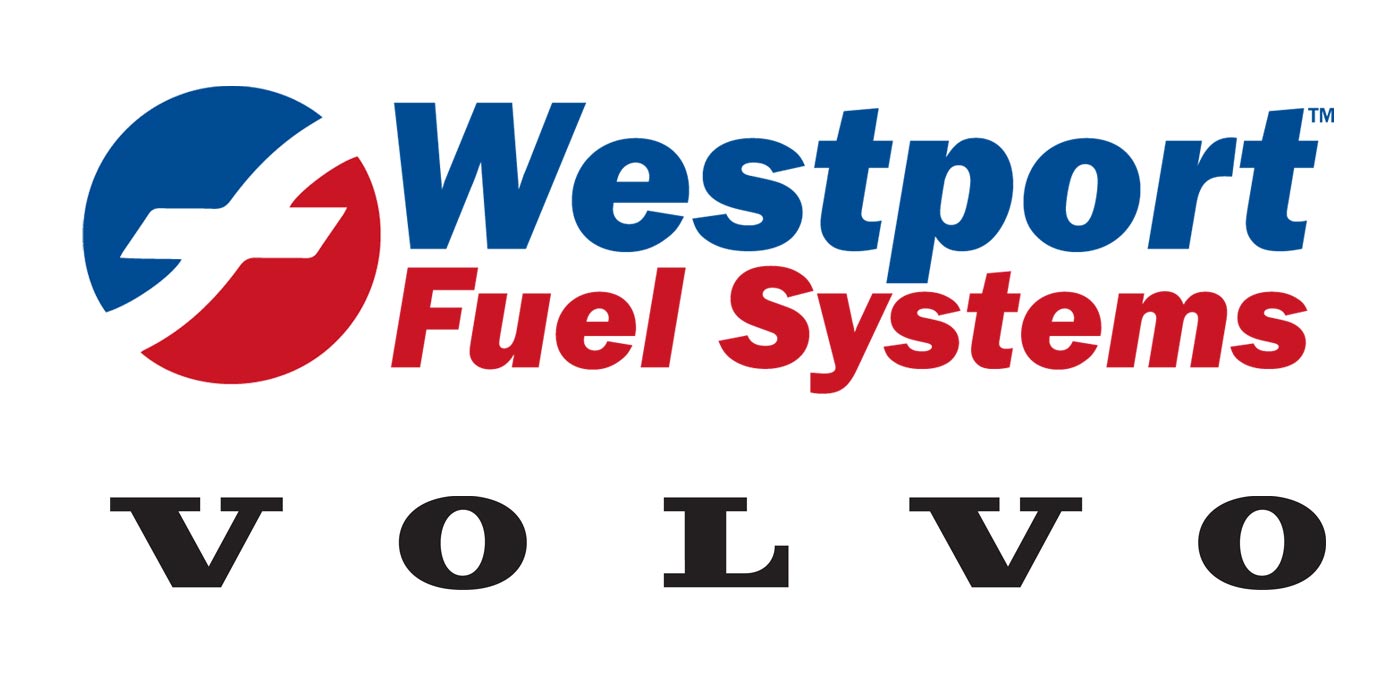FTR’s Trucking Conditions Index (TCI) for May fell back into negative territory with a -0.3 reading from 3.21 in April. Sharp increases in diesel prices during May offset slightly improved freight market conditions for carriers. Freight demand, capacity utilization, and freight rates were slightly stronger in May but together were unable to diminish the negative impact of then-record diesel prices during the month. The outlook is for conditions to continue close to neutral territory with index readings in either low positive or low negative figures from month to month.
“Upward pressures on trucking conditions are largely history at this point,” said Avery Vise, FTR’s vice president of trucking. “The question now is how high and strong of a floor remains. Employment data from recent months suggest that drivers are readily available for larger carriers, although much of that growth surely is coming at the expense of very small carriers that are failing due to record diesel prices – at least until recent weeks–and normalizing spot rates. Meanwhile, despite soaring inflation and other worries, consumer spending and industrial production have remained surprisingly healthy. Driver capacity has faded as a wild card as the resilience of freight demand has taken its place.”
Details of the May TCI are found in the July 2022 issue of FTR’s Trucking Update, published June 30. The July edition also includes a discussion of the dynamics currently supporting a shift of freight demand back to larger contract carriers from smaller carriers and the spot market.
Beyond the TCI and additional commentary, the Trucking Update includes data and analysis on load volumes, the capacity environment, rates, and the economy.

